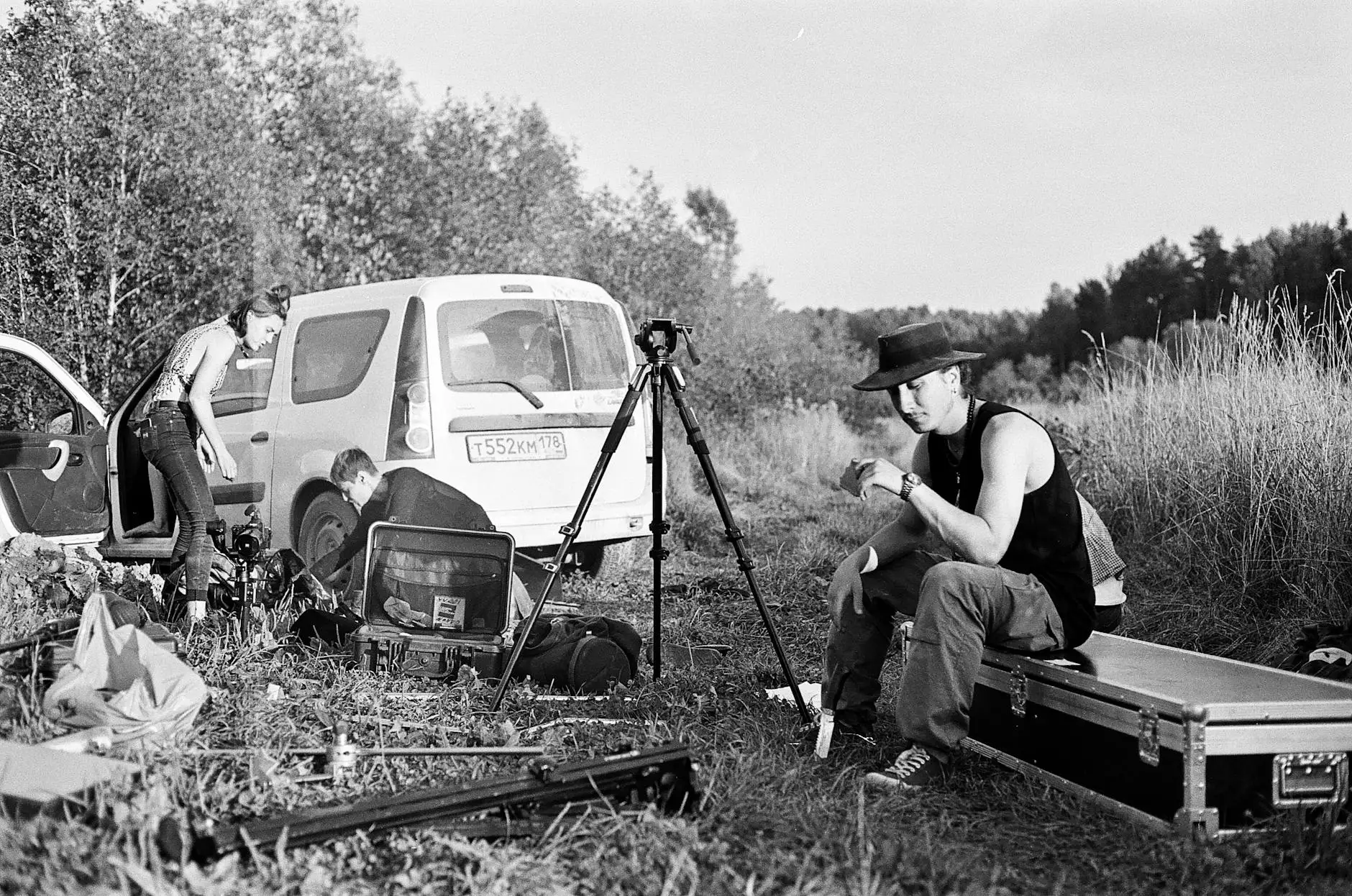Technical SEO For Beginners: 3 Easy Ways To Improve a Website
SEO Marketing
Welcome to Website SEO Group, your trusted partner for all your business and consumer services - SEO services needs. In this article, we will guide you through the basics of technical SEO and provide three simple yet effective ways to improve your website's search engine optimization. With our expert knowledge and comprehensive strategies, you'll be able to outrank your competitors and reach the top of Google's search results.
Understanding Technical SEO
Before we dive into the actionable tips, let's explore what technical SEO is and why it's crucial for your website's success. Technical SEO refers to the optimization of your website's infrastructure and backend elements to improve its visibility and crawling efficiency for search engines.
One of the key components of technical SEO is optimizing your website's site speed. A slow-loading website can negatively impact your search engine rankings and user experience. By optimizing your site's speed, you can ensure that search engines and visitors can access your content quickly and efficiently.
Another crucial aspect is ensuring that your website is mobile-friendly. With the majority of internet users accessing websites from mobile devices, having a responsive design is essential for reaching a wider audience and enhancing user experience. Google gives priority to mobile-friendly websites in its search results, so it's imperative to optimize your site accordingly.
Tip 1: Optimize Website Load Time
To improve your website's load time, start by analyzing your current site speed using tools like Google PageSpeed Insights. This will provide insights into areas that need improvement. Here are some valuable tips to optimize your website's load time:
- Optimize Images: Compress and resize images to reduce their file size without compromising quality. This will significantly improve page loading speed.
- Minify CSS and JavaScript: Remove unnecessary characters, white spaces, and comments from your CSS and JavaScript files to minimize their size. This can speed up page rendering.
- Enable Browser Caching: Leverage browser caching by setting cache control headers, which allow browsers to store and reuse certain web page elements. This reduces loading time for returning visitors.
- Use a Content Delivery Network (CDN): Distribute your website's assets across multiple servers geographically to reduce the distance between users and your server. This helps in delivering content faster to users in different regions.
Tip 2: Ensure Mobile-Friendliness
With the rise in mobile internet usage, it's crucial to make your website mobile-friendly for a seamless user experience. Here's how you can ensure mobile-friendliness:
- Responsive Design: Implement a responsive design that adapts to different screen sizes and resolutions. This ensures that your website looks and functions well on any device.
- Optimize Text and Fonts: Use legible fonts and appropriate font sizes for mobile devices. Avoid long paragraphs and break them into smaller sections for better readability.
- Touch-Friendly Elements: Ensure that your website's buttons, links, and navigation menus are easily clickable with touch screens. Increase touch target sizes to prevent accidental clicks.
- Avoid Flash: Flash-based content is not supported on many mobile devices. Instead, use HTML5 to incorporate interactive elements.
Tip 3: Implement Structured Data
Structured data provides search engines with additional information about your website's content, enabling them to better understand and display it in search results. Implementing structured data can significantly improve your website's visibility. Here are some popular structured data formats:
- Schema.org: Use schema.org markup to provide structured data for various types of content, such as articles, events, products, and more. This helps search engines display rich snippets in search results.
- Open Graph Markup: Implement Open Graph markup to enhance how your content appears when shared on social media platforms. This allows for attractive previews with images, titles, and descriptions.
- JSON-LD: JSON-LD is a lightweight format that allows you to embed structured data easily. It can be used for various types of structured data, such as website navigation, reviews, and ratings.
Conclusion
By following these three easy ways to improve your website's technical SEO, you'll be well on your way to achieving higher search engine rankings and attracting more organic traffic. Remember, technical SEO plays a vital role in the overall success of your website, and investing time and effort into it will yield long-term benefits.
Website SEO Group is here to support you in your SEO journey, providing expert guidance and tailored strategies to help your business thrive online. Contact us today to get started!










